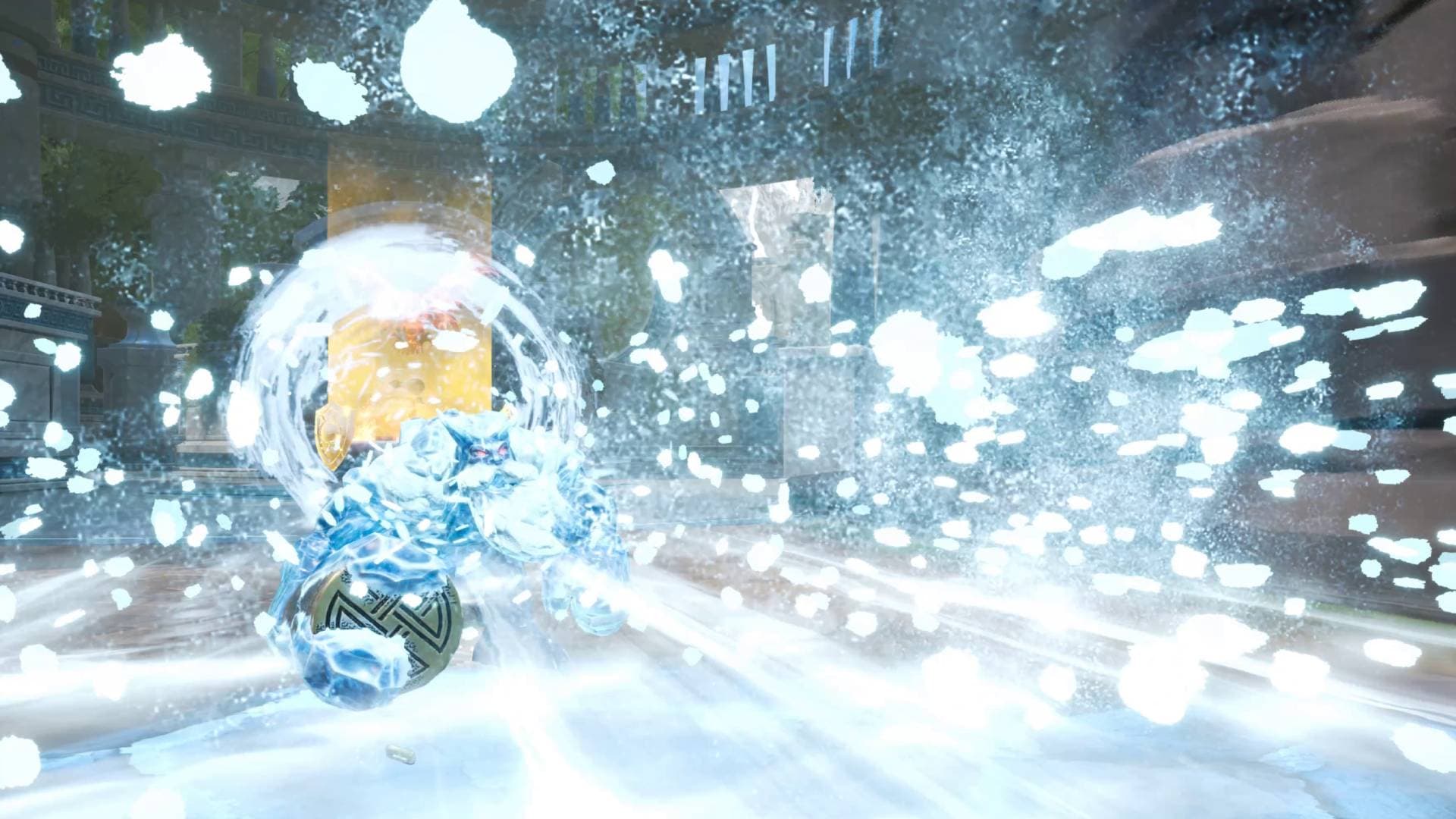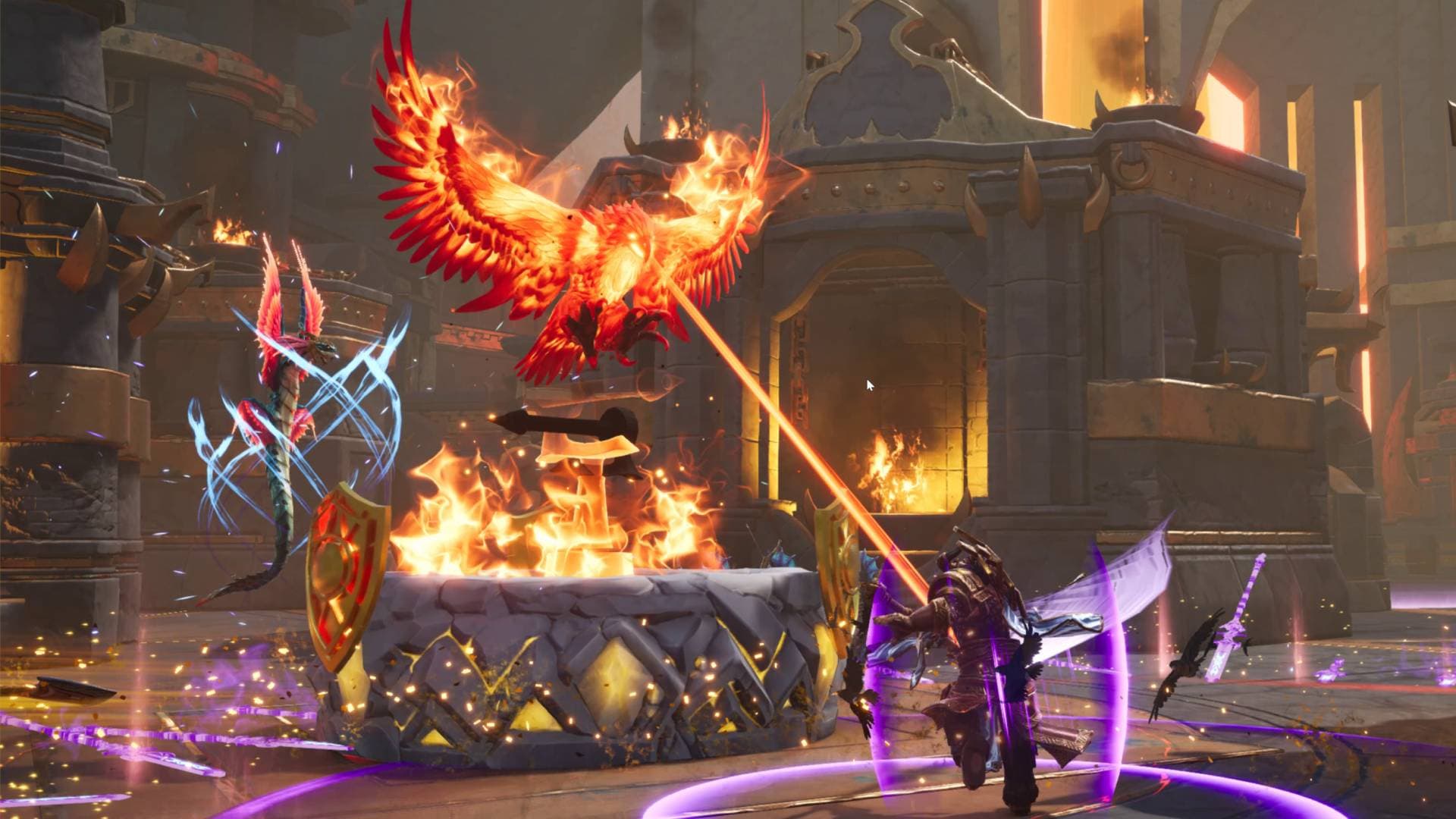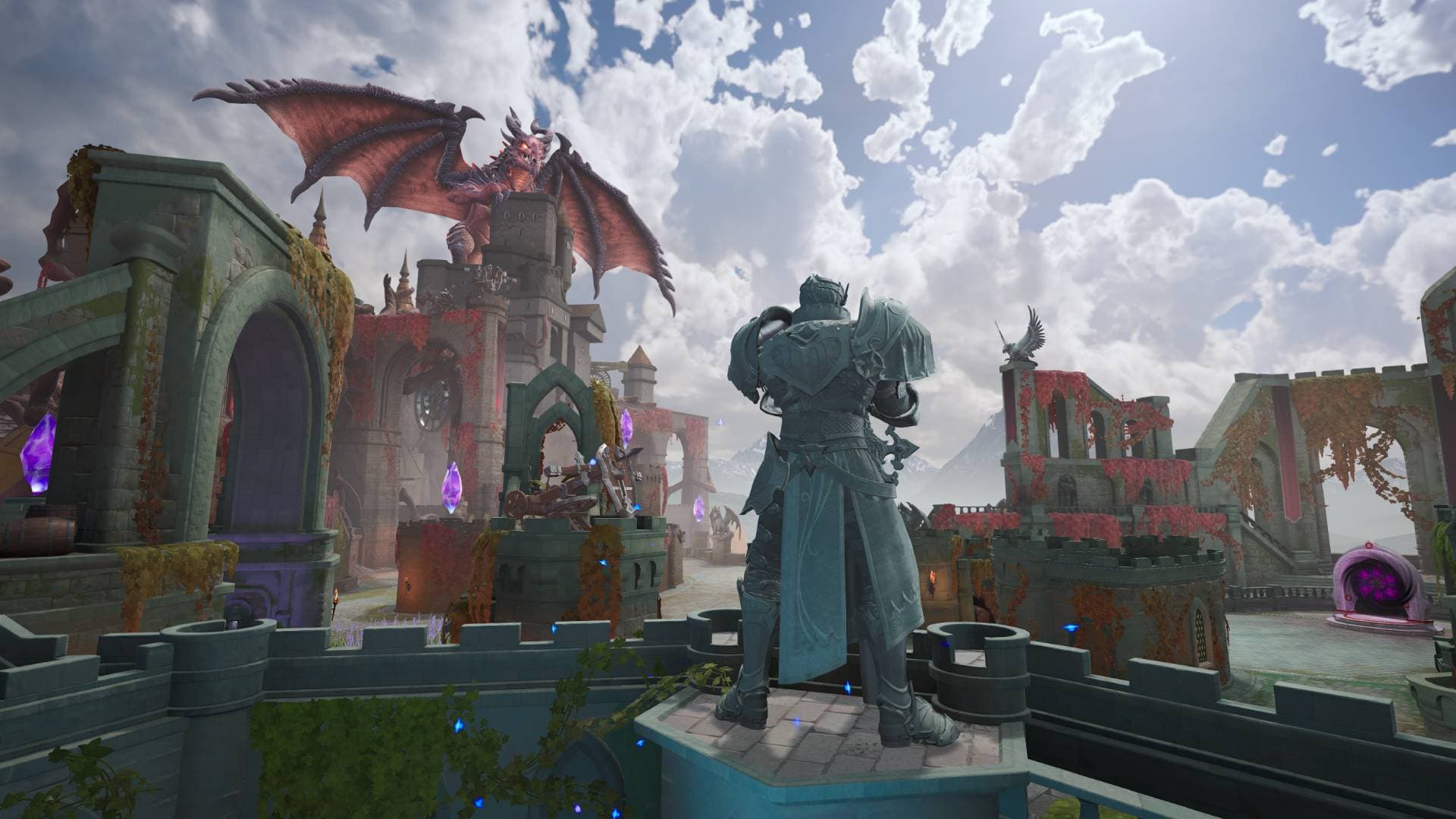The SMITE 2 diminishing returns mechanic is one of many hidden aspects of the game that can be tricky for new players to understand. It's by no means essential to know the ins and outs of it, but if you’re serious about climbing the ranks and improving your game, knowing how diminishing returns work is recommended.
And who better to explain exactly how they work than our community of SMITE 2 experts, players who have sunk countless hours into the original game and are now proving themselves in the sequel? Here's everything you need to know about diminishing returns - but if you're still brand new to the game, we'd also recommend our top SMITE 2 tips too.
How diminishing returns work in SMITE 2
"Diminishing returns, also known as DR for short, is present in several SMITE 2 mechanics," explains Inters3ct, a SMITE 2 content creator with over 100,000 YouTube subscribers. "However, the most common one people think of when talking about diminishing returns is related to crowd control (CC)." Feddboii adds that this is important because SMITE 2 is such a CC-heavy game.
In short, the diminishing returns mechanic exists to reduce the effectiveness of continuous crowd control effects when applied in quick succession, explains Empen. Inters3ct uses the following example: "When you are hit by hard crowd control (as opposed to soft crowd control, which is slow, cripple, blind, deafen, and intoxication - anything else is hard), you receive one stack of CC that lasts for six seconds. However, this reduces the next hard CC effect, if applied within the window of the first, by 20%. Being hit by a third CC reduces it again by another 20%, for a total of 40%.”


Empen offers an example via Ymir: "If Ymir freezes you, you'll suffer the full duration of the CC. However, if said Ymir used Staff of Myrddin to use the same ability twice in a row, the second crowd control would be reduced. In this case, imagine the CC goes from 2.0 seconds to 1.4 seconds. If you're then hit by an additional CC, said duration could be reduced to say, 0.8 seconds instead. These are loose numbers, but you get the idea."
Empen goes on to explain that "this system exists specifically to prevent people from infinitely CCing a target: SMITE 2 has a lot of crowd control, and a lot of items and systems to lower the impact of it while not removing crowd control in its entirety. Buffering was added recently, which helps manage the impact of CC-heavy teams. DR is simply another system that helps you keep control of your character in the thick of it, especially if you're a tank and can survive through multiple crowd controls."
It's worth noting that crowd control isn't the only place diminishing returns is relevant. Inters3ct explains that movement speed "essentially follows a curve that means buying more movement speed is less effective the more you already have," and that "protections and slows work in a similar way."
Tdog dives into the formulas for these other forms of diminishing returns:
"Protections = (100 * Unmitigated damage) / (100 + protections).
"Cooldowns = 1 - (100 / (100 + cooldown rate)).
"However, these are even less important than DR for CC, as items are balanced in a way to prevent you from getting hurt by diminishing returns, unless you are trying to min-max a build."
Do you have any extra information to add about diminishing returns? Any further questions you need answering? Let us know in the comments below!
Some text has been edited for brevity, clarity, or spelling, punctuation, and grammar. You can find the original wording here. Image credit: Titan Forge Games.
Created at . Page last updated at .



